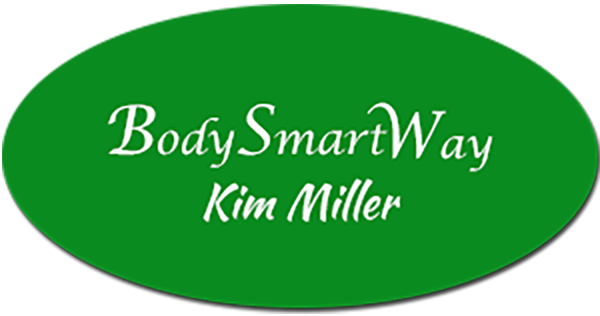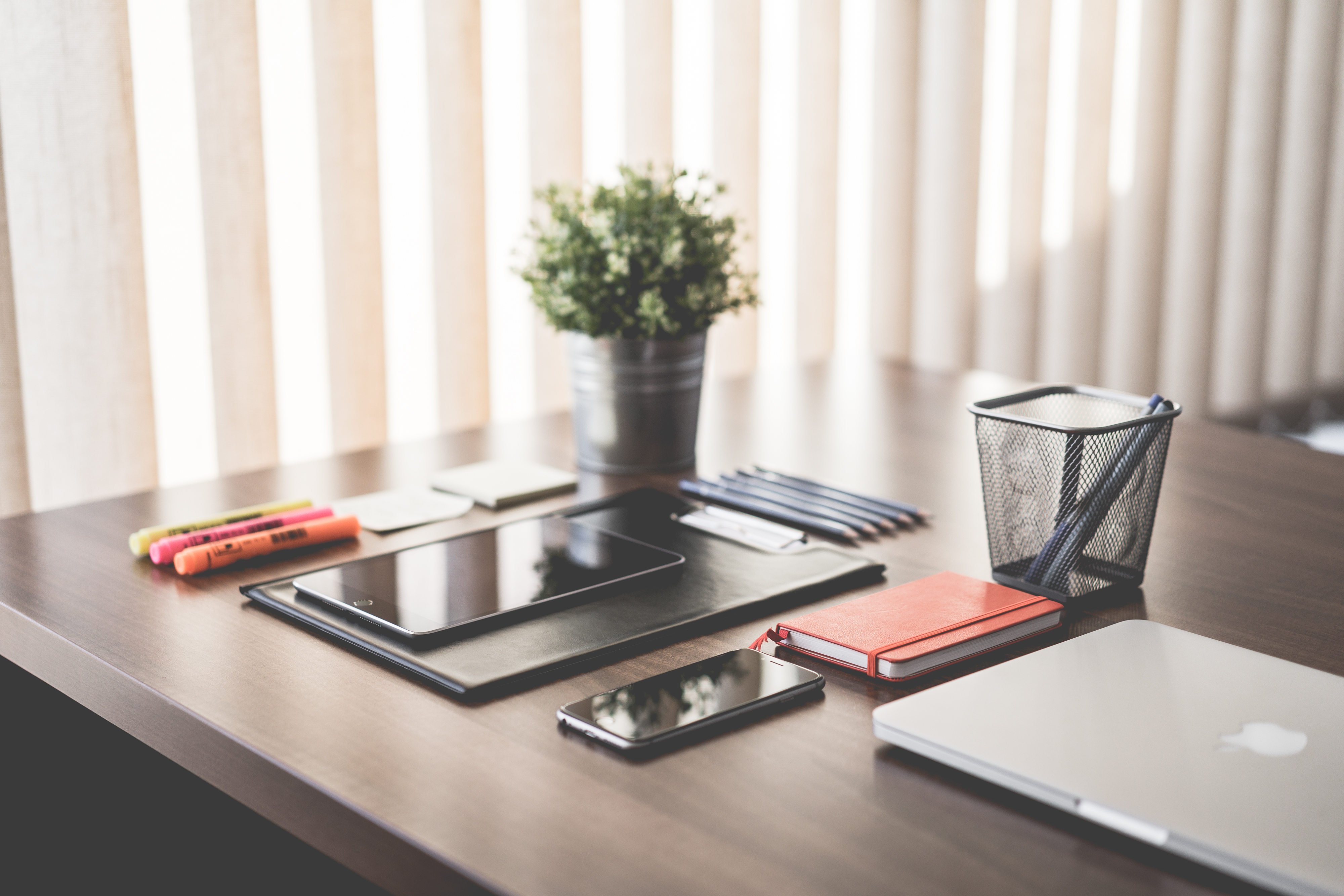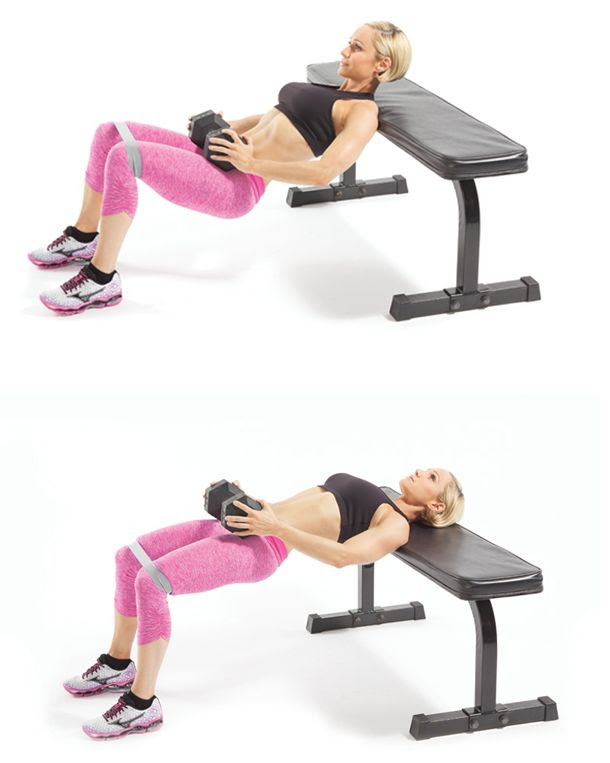Gluteus Muscles are Important Muscles of The Hips
The glutes are important muscles of the hips. They set the foundation for proper pelvic alignment and they promote the key movements of hip extension and external rotation.
How Can My Gluts Be Weak – I am Active?
In my practice, I see clients that have poor gluteal strength. They do not know their gluteus muscles are weak of course, but I know because it is often manifested as hip or back pain. When the gluteal muscles get weak from sedentary lifestyles or even just from not engaging them often enough in their everyday active lives, they become weak. I’ll often hear clients say, I can walk all day long my gluts must be strong. But are they? Regular walking ( not up a steep incline) does little to engage these big powerful muscles fully. The range of motion of the gluteus minimus and gluteus maximus during flat walking is very limited.
Strong Derriere Puts Less Impact on Lower Back/Outer Hips
The key importance of implementing gluteal workouts is more than just to improve body shape ( although this is valid too). Rather strong derriere muscles allow for less impact on the other structures of the body that tend to give us pain – namely the hips and the lower back.
If you are having lower back and hip pain, consider that in addition to doing the “normal exercises” we are told to do such as strengthening the abdominal areas to support the back better, and or work on lower back strengtheners to decrease your pain, it is my recommendation to strengthen your gluteus muscles as well. In fact so important are the gluteal muscles in decreasing hip and back pain that in my practice I target your bottom first when time becomes limited.
To get the most out of your glute workouts, be sure to start progressively and with the correct body mechanics. Begin with double leg exercises advancing to single leg exercises shown below, then progress to the more advanced double legged and single legged power exercises as indicated below. Do 2 -3 sets of each exercise focusing on 10 -15 reps before adding weights. Keep in mind that going 2-5 reps beyond fatigue is absolutely critical to increasing the strength of a muscle.
Back Extension on Bench or Ball
10–15 repetitions
Place the upper back on a weight bench and place a barbell on top of the hips. Start with a light weight at first. Ground both feet solidly into the floor and extend the hips upward to lift the bar up, stopping when the hips reach full extension (do not arch the back). Squeeze the glutes and pause at the top for a second or two before setting the hips back down on the ground. This can also be done on a big ball placing calves on the ball and raising your bottom and squeezing. Use the ball method if the bench feels less comfortable. Begin with no weight if you are new to the exercise.
Single Leg Sit To Stand
10–15 repetitions
Stand with the backs of the legs near a weight bench. Place hands to side away from chest. Lift the left leg off the floor and balance on the right foot. Lower yourself down until you feel your seat touch the bench briefly and then return to standing using the right leg only. Repeat on the opposite foot and alternate each leg until you complete the repetitions. Add weight by holding to sides of body as body becomes accustomed.
Step Up Power Exercise
10 -15 repetitions
Hold a dumbbell or no weight at all to sides of body. Step up onto a weight bench with the right foot, making sure to stand up by completely opening the hips, and then step down with the right foot. Switch feet, so that the next step-up begins with the left foot. Continue to alternate the feet to complete the repetitions. Progress to adding weight.




